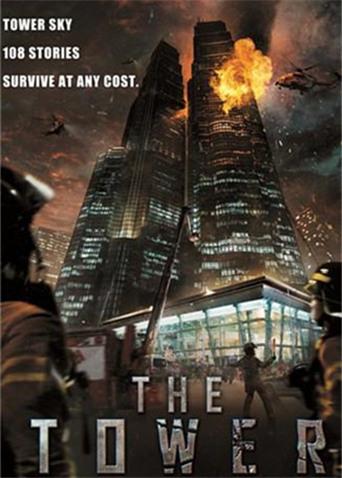 中村雅俊
中村雅俊
发表于5分钟前回复 :性格古怪不善言辞的大叔盖伊·垂尔比(杰森·贝特曼 Jason Bateman 饰)早已人到中年,而少年时辍学的阴影却让他一直耿耿于怀。美国教育界举办了一场只针对中小学生参赛的拼字比赛“National Spelling Bee”,所有参赛选手都是八年级以下的学生。偶然间,盖伊发现了这场全美拼字比赛规则中的巨大漏洞。他利用注册的盲区参加了这次全国青少年组的拼字比赛,凭借自己超人的单词记忆力入围总决赛。然而盖伊高龄的岁数却遭到外界质疑声连连,指责他破坏了比赛规则。比赛过程中,盖伊与一位天资异禀的印度男孩结下了深厚的友谊。然而随着比赛的进行,越来越多的人开始阻碍他的参赛,而盖伊参加此次比赛的真正目的也随之浮出水面。本片是男主角杰森·贝特曼自编自导的荧幕处女作。
 张家辉
张家辉
发表于2分钟前回复 :Wunder der Schöpfung is an extraordinary, fascinating Kulturfilm trying to explain the whole human knowledge of the 1920s about the world and the universe. 15 special effects experts and 9 cameramen were involved in the production of this film which combines documentary scenes, historical documents, fiction elements, animation scenes and educational impact. It its beautifully colored, using tinting and toning in a very elaborated way. Some visual ideas in the sequences with a space shuttle visiting different planets in the universe seem to have to be the inspiration for Stanley Kubrick's 2001: A Space Odyssey.In the context of Germany's Kulturfilm phenomenon, Wunder der Schöpfung was among the greatest achievements of the 1920s. The production was constructed, rehearsed, and shot over a period of two and a half years, under the supervision of Hanns Walter Kornblum. The idea to describe the universe and man's place in it well suited UFA's Grossfilm mentality, one year before the Metropolis catastrophe. Hundreds of skilled craftsmen participated in the project, building props and constructing scale models drawn by 15 special effects draughtsmen, while 9 cameramen in separate units worked on the historical, documentary, fiction, animation, and science-fiction sequences. Without star roles or even protagonists, the film's plot is crowded with meticulously structured and skillfully acted single scenes an artful mosaic of small vignettes. No less than four credited university professors ensured the factual background behind the scientific and historical events portrayed.The film's symbol of progress and the new scientific era is a spacecraft, travelling through the Milky Way, making all the planets and their inspiring worlds familiar to us, with the extravaganza of their distinctive features. The film's educational intentions, however, become steadily more obscure, humorous, or even campy as this popularization project proceeds. With the excuse of presenting the end of the world a not-so-new concept as a new, undeniably scientific truth, the film veers happily along a new path, displaying detailed apocalyptic scenes of the end of mankind. For today's audiences, this amazing film demonstrates how the universe was comprehended in the 1920s, and how that view was sold to contemporary audiences.


